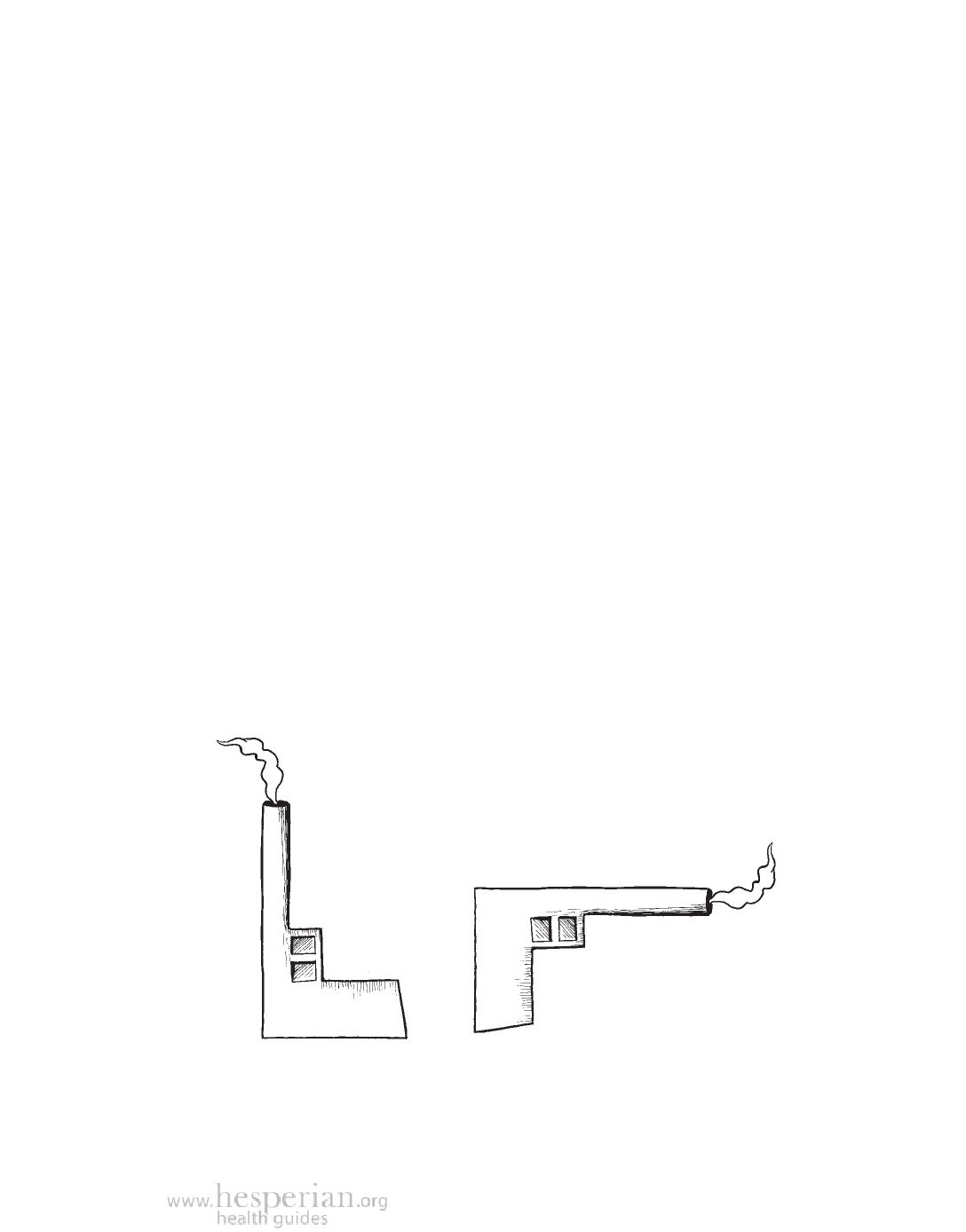
how toxic substances ge t into our bodies
43
Acceptable risk? For whom?
Industries and governments often justify the risk of environmental damage,
even disasters such as the one at Bhopal, by saying that a certain amount of
risk is acceptable as “the cost of development.” This usually means that the
most vulnerable of us are sacrificed in order for business to continue making
profits as usual. For most of us, that is not acceptable. The pursuit of profit is
no justification for causing so much harm and violating people’s human rights
to health and a healthy environment.
If the Union Carbide company or the Indian government had been guided
by the precautionary principle (see page 32), perhaps the Bhopal toxic gas
disaster would not have happened.
Demanding precaution
Safety measures can reduce harm. But even when safety measures are taken,
there is always some risk in industrial factories. If risks cannot be avoided,
then at least they should be shared equally and not affect only the poorest
people and communities.
In the long term, to be as safe as possible, industries must be organized in
a way that values safety and sustainability more than high profits. To achieve
this, we should demand that corporations develop safer and more just ways
of doing things, and that governments hold them accountable by making and
enforcing laws that protect health and the environment. One way to promote
environmental justice for all is to demand that our leaders and those in power
make decisions guided by the precautionary principle.
Demand precaution!
A smoking factory...
...can be turned into a smoking gun.
A Community Guide to Environmental Health 2012